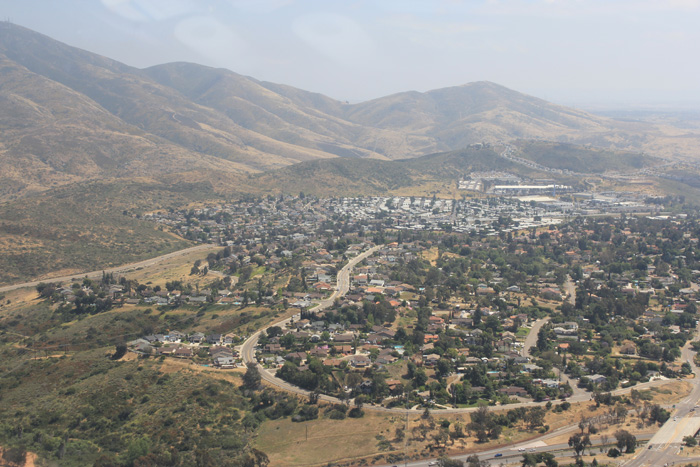
Community Organizer Jose Franco was recently asked to give a presentation on environmental justice to students at Bishop’s High School in La Jolla. Students had requested a perspective on “environmentalism as a movement,” not just the jargon of reduce, reuse and recycle.
The students appreciated the fresh perspective and learned that there's more to environmental justice than they had previously thought. Following the presentation, one student shared his thoughts on the presentation in his school newsletter, and we felt inspired to share it with you.
Thoughts on the Earth Day Assembly
I have been around for a lot of Earth Days. I wasn’t here for the first one; anyone who was is really, really old - or at least 45, which is really, really old to some of you. As important as the message of Earth Day is, sometimes it seems like we are putting on a broken record. That becomes frustrating for the people hearing it, and even more so for people like Gloriana and Dylan who persist in repeating themselves in attempt to get people to listen and actually make positive changes.
I was expecting our guest speaker, Jose Franco, to drop the needle on the same-old environmental message, but this was a completely different perspective. Kind of like hearing Chris Cornell’s cover of Micheal Jackson’s Billie Jean, same song played in a way that makes you rethink the original. Thank you to Gloriana, Dylan and GCI.
There were two economic aspects of what Mr. Franco presented that are worth adding to the discussion on the topic of environmental justice. First, when Mr. Franco asked who thought that climate change affected everyone the same, there were a lot of hands. He followed by talking about “heat islands” and health factors and showed a map displaying the disproportionate impact on some communities.
I looked around and saw some faces that were either confused, not buying it, or exhausted from a late night of homework. From an economic perspective, the costs of climate change a definitely disproportionately borne by the poor vis-à-vis higher food prices. When you are poor you spend a greater fraction of your income on food. The costs of climate change are no different than a regressive tax, the increase in food prices is more taxing on the poor.
My second comment has to do with correlation and causality. While there certainly is the problem of NIMBY (not-in-my-backyard) with the wealthy using economic and political influence to push for projects with negative externalities (ask an AP Econ student what that is) to be built somewhere else, the housing market sets prices according to the environmental conditions around the house – supply and demand make houses close to the beach more expensive and houses next to prisons cheaper. Pollution may move into poor neighborhoods, but poor people are moving into polluted neighborhoods. Don’t move there, you say. Well, where else can you go? Income constraints often leave the poor without affordable housing options, especially here in San Diego.
The science of climate change is more complex than hotter temperatures and the socio-economic impact is just as complicated. What should you do? Reduce, Reuse and Recycle! Don’t add more trash that will end up in a landfill in someone else’s neighborhood. Caring for the environment is caring for others!”
- Dee Mecham

